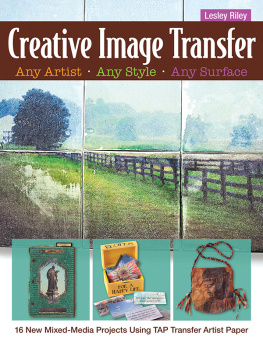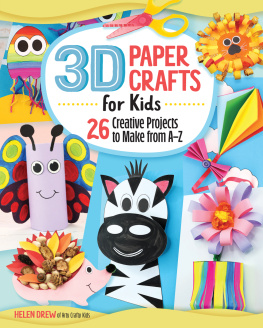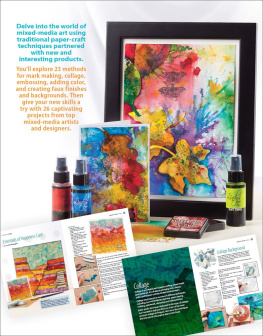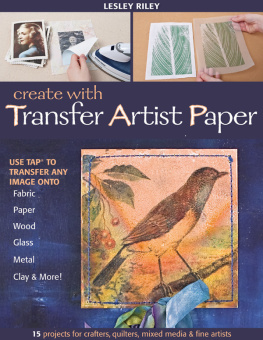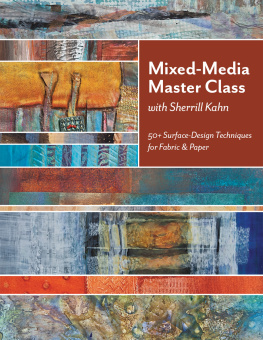Publisher: Amy Marson
Creative Director: Gailen Runge
Art Director: Kristy Zacharias
Editor: Lynn Koolish
Technical Editor: Helen Frost
Cover Designer: April Mostek
Book Designer: Rose Wright
Production Coordinator: Rue Flaherty
Production Editor: Katie Van Amburg
Illustrator: Rue Flaherty
Photo Assistant: Mary Peyton Peppo
Photography by Diane Pedersen, unless otherwise noted
Dedication
I live for art, but without family, I live for naught. To my ever-growing, ever-loving ever sources of inspiration and encouragement: Buddy, Brian, Amy, Emma, Annie, Kathryn, Sara, Jeff, Julia, Jillian, Chris, Jena, Samantha, Marc, Riley, Reese, Kerry, Kelly, Dad, Katie, Joe. And to my mother, June, watching us all from above.
Acknowledgments
My name is on the cover, but a book is created by many people. First, I give thanks to the artists who answered my call and contributed their time and art to enrich these pages.
A forever thank-you to Amy Marson and everyone at C&T for giving the nod of approval to another book. Thanks to Lynn Koolish for keeping me on track and helping me translate creative acts into understandable directions, along with Helen Frost, Katie Van Amburg, and Rue Flaherty. Words in a craft book are nothing without photographs and beautiful pages. Kudos to the photography team, Diane Pedersen and Mary Peyton Peppo, and book designer, Rose Wright, for bringing my vision to life.
Introduction

While working on a project I jot down ideas on sticky noteslots of sticky notes. While rummaging through them to be sure I didnt miss anything I wanted to put in this book, I came across these words that I wrote: Art is our way to be everlasting. That we can create something of beauty, of meaning, of memory or sentiment is a wondrous thing. Through art we make our mark and leave something of ourselves behind, like a photograph passed down through generations.
I have always been in love with images, and now, today, most people have cameras at their fingertips and the ability to add filters and create striking effects without any experience at all. This has become a way of recording our lives, one moment at a time. Author and photographer Jan Phillips says, Photos are our autobiography, a way of telling who we are.
What are we to do with all of these photographs, these captured memories, marvels, and objects of desire? As Martin Parr says, There are two parts to the process: taking the picture and finding ways of using it.
I have the perfect solution. TAP* those photos! TAP easily enables you to create a mixed bagfrom craft to fine art. With TAP you can put a photo on a variety of surfaces, further opening up the possibilities of what you can create.
And TAP magic doesnt stop with photos! You can create your own artwork on TAP and transfer it, or scan your original art and transfer it onto a range of surfaces.
I am pleased, proud, and tickled pink to bring you another dose of TAP inspiration. I hope that you find a spark of an idea (or two, ten, or twenty!) within these pages and that you run with it. This book is full of wonderful creations presented to you as complete projects or jumping-off points and idea generators for your own work. Enough talk lets get TAPping!
* Lesley Rileys TAP Transfer Artist Paper (by C&T Publishing)referred to as TAP throughout the chapter
The 4 Ws of TAP
Lesley Rileys TAP Transfer Artist Paper (by C&T Publishing) is referred to as TAP throughout the chapter.
TAP(n) an abbreviation for Lesley Rileys TAP Transfer Artist Paper. I just got a new package of TAP. (v) to transfer an image or artwork using Lesley Rileys TAP Transfer Artist Paper. Mary TAPped a photo of her dog onto the canvas.
I have been transferring images since the 1970s. Since then, I have taught a variety of transfer methods all over the world. As a result, I became known as the Transfer Queen in some circles. In December 2008, I made the decision and took the leap to introduce TAP to artists and crafters. Little did I know that in just a few years, people from Norway to South Africa, from the UK to New Zealand, and all across the United States would be creating with TAPor as I like to say, TAPping.
In 2011 TAP won the Most Innovative New Product award at the Craft and Hobby Association (CHA) show. The judges were wowed by the variety of surfaces and the endless projects, from fine art to everyday crafts, that can be created with TAP.
Inspired by the first TAP book, Create with TAP Transfer Artist Paper, users have applied their own creativity and ingenuity to the product and created amazing works of art, gifts, memory quilts, journal pages, and more. Its time to take a second look at what TAPand youcan do.

What Is TAP and How Does It Work?
Im so glad you asked! TAP is a special type of paper that is spray-coated with a layer of polymer, a type of plastic. The coating accepts both the ink from your inkjet printer and a variety of art materials, allowing you to print or create your own artwork for transfer onto other surfaces.
When the paper is heated with an iron, the polymer fuses together with the art materials that have been applied to the surface and adheres to make a permanent, durable, and accurate transfer onto the surface of your choice.
Its almost as easy as it sounds. Almost, because there are a few things you need to know about transferring onto the range of surfaces you can TAP on. This book will give you all the basics you need to be successful. For the most in-depth discussion of the pros and cons of each surface, you may want to check out Create with TAP Transfer Artist Paper. Its available to you (right now!) as an eBook from www.ctpub.com as well as a hands-on paperback. It also includes fifteen different projects to inspire and ignite your creativity.

Why TAP? Why Not Just Paint, Draw, or Glue onto the Surface?
Thats a great question and one I ask myself regularly.
Some of My Reasons for Using TAP
I cant always paint as neatly or exactly as I would like, so I choose to TAP my images.
Writing or painting words on different surfaces is exacting and tiring. TAPping text with standard or fancy fonts is easy.
Glue can dry out and yellow. Glued paper can tear, come off, or get worn off. A TAPped image is permanent.
TAP saves time. TAP transferring is much faster than direct painting or drawing.
I can use my original art on a variety of surfaces.
Different surfaces require different paints and preparation for surface design. TAP requires only an iron.
You can wash and iron TAP transferstheyre permanent and wont fade on fabric.
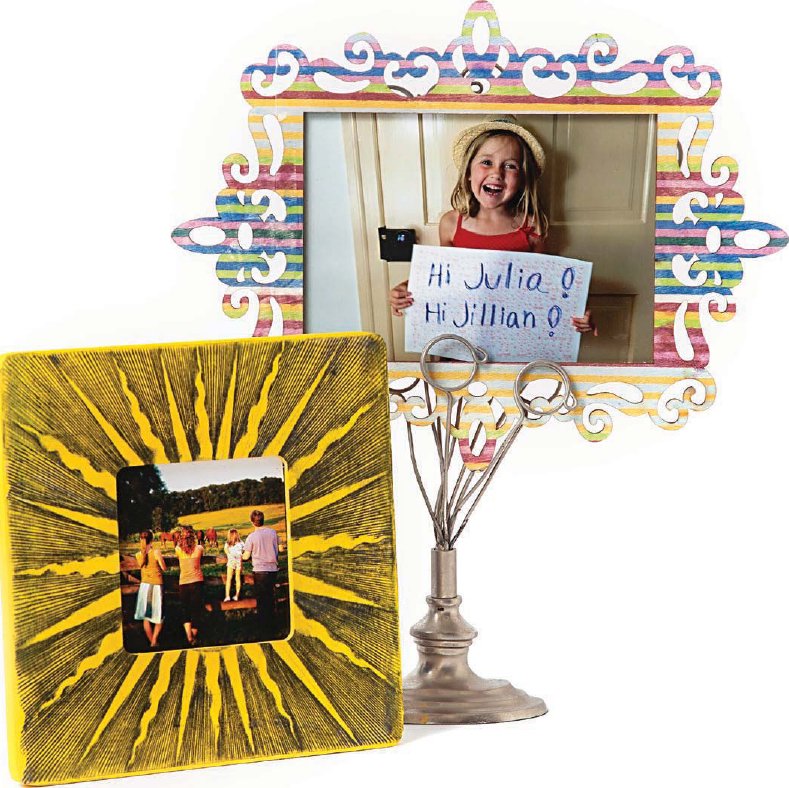
Some Happy TAPpers Reasons
LYNN KRAWCZYK I like to use markers with TAP. Markers often have bleed lines when you draw directly on fabric. With TAP, the image stays crisp and neat.
BARBARA STONE I use it because I like to transfer onto fabric and for the fabric to still have a soft hand. I love the way it looks like it just becomes part of the fabric.
Next page
